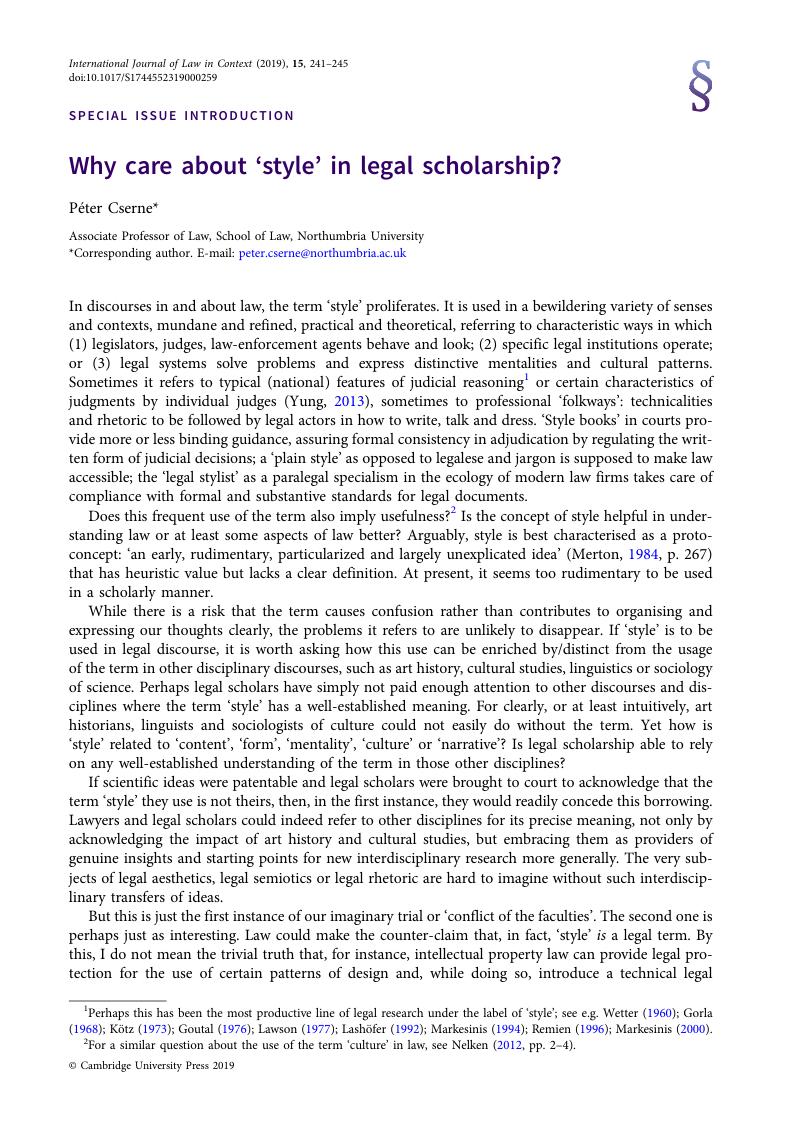Crossref Citations
This article has been cited by the following publications. This list is generated based on data provided by Crossref.
Cserne, Péter
2020.
Discourses on Judicial Formalism in Central and Eastern Europe: Symptom of an Inferiority Complex?.
European Review,
Vol. 28,
Issue. 6,
p.
880.





